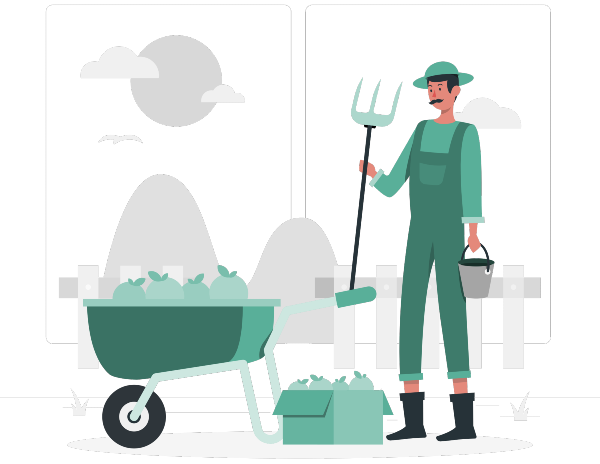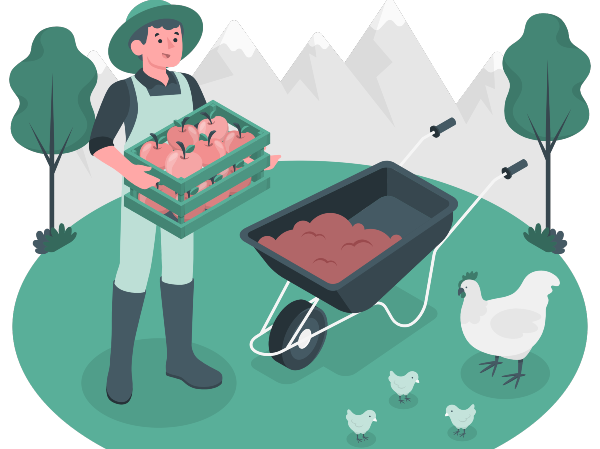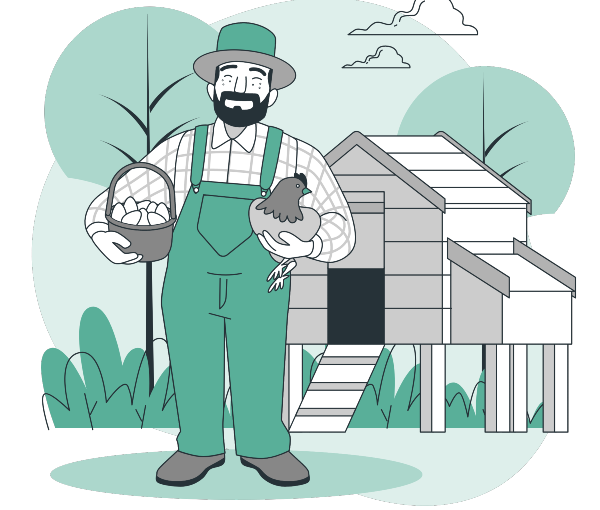Nowadays, having a good product is no longer a guarantee of success. In our complex world, with extensive competition in virtually every niche, promotion is the key to the visibility and even existence of your business. Today, you simply cannot disappear from the market, and newer promotion means disseminating your message in all available media: both offline and online. What's more, standing out from the competition and having a different approach can bring profitability and many referrals.

To promote your business in the digital environment, start with the beginning: who is your customer?
Why is this a vital question? Let's sketch a practical case. Let's say you have a greenhouse where you grow apple trees, somewhere in the north of the country. The general tendency would be to say that consumer subjects are all those who use them in food. And it would be partially true, if... certain rigors did not intervene:
- Who are your products suitable for? Who doesn't?
- Who has such a diet? Who does not?
- Will your product be beneficial or may it have repercussions for a certain category of people?
It's very easy to target an audience of 18-60, but it's just like throwing a stone into a sea!
So, by choosing the right client you manage to:
- You set the message correctly – yes, your communication must interest him and, why not, court the client;
- Offer exactly what your client is looking for - that is, he finds you in the first place;
- You get feedback - and this is important, especially if you are among the entrepreneurs who want to develop their business qualitatively.
So, when you decide that you need digital promotion, make an effort and effectively identify your customer. Trust me, this will save your budget and precious time!
Which communication channels to use?
- Social Media
Let's start with the promotion titans! Yes, social media is a force these days. This is no longer a secret.
If you're trying to make yourself known online and you don't have a Facebook, LinkedIn, or Instagram page, the task can be extremely difficult. You should choose one or more platforms, because they will be useful for promoting your business and disseminating information about you, directly from the broadcaster. You can connect with partners, customers, and potential customers, as you can find most of them online. These social media platforms also provide you with a messaging component, which makes you extremely easy to find and approach.
If, on the other hand, you have a predominantly B2B business, LinkedIn can be very useful: your future business partners are there!

- The press
It is extremely important to collaborate with the specialized press. The most practical would be to learn to communicate about events, successes of your company, or even about important changes. How do you do this? Simple! You write unbiased press releases, accompanied by photographs, and send them to several publications. If at least one or 2 publications, if they choose to write about you, you have a huge advantage both on the visibility side and on the SEO side.
- Public presentations and conferences
There are benefits to talking about your business. Whether you do this online or offline, you can gain a lot of visibility and popularity by being brave and speaking up. Not everyone is willing to go public, but the fact that you do will put you out there in more ways than one.
- Own website
Your website is the first source of information for those who want to know about the activity you carry out: both to answer the simple question: "What do you do?" and to find out detailed information about you. Here you can upload blog articles, pictures, and videos that reveal your business from the best angles. You can promote your products in articles, showing how they can be used, posting pictures from customers, and giving helpful tips on how to use this product to get the most benefits. You can also create an online store and have customers up to date.
Let's now move on to some more practical tips! Below we come up with promotion ideas, depending on the category you belong to.
So, if you're a producer, try:
- To provide information about the use of your products. For example, for Blackberry producers - what are their benefits for various health problems, how to use the product depending on age and pathologies, information about the quality of the product, and in what combinations you can use it. All this information needs to be as useful as possible to your readers and followers. The purpose of these posts is not to SELL, but to inform quality and branding.
- Actively participate in offline and online social groups and events. This aspect highlights the brand, and positions it closer to the consumer, providing the opportunity to communicate directly with its buyers and get feedback from them.
- According to your goals (domestic or foreign market), form a promotion strategy on social networks and media to reach the end consumer. Partnerships have their benefits, but carefully consider all aspects of them.

If you are a representative of an agricultural association:
- Work with the list of companies that are part of these associations: it would be welcome to write a little information about each one, product details, location, and some current pictures of their products. Ideally, this cycle would be ok to repeat 2 times a year, if the list of companies is not very extensive.
- Each associate or future associate, has a series of questions starting from the market, to the tools of tillage. Useful information and collaborations with companies in the field could provide solutions for companies in both camps. For example, the association of milk producers can make agreements with companies producing packaging, to obtain special prices for packaging products, or obtain special prices for the procurement of animal feed. Or obtaining grants for the procurement of tillage machinery. This information should be distributed to its audience through various methods: Facebook posts, email, or SMS/Viber.
- Collaborations with the Media. To further develop and grow this branch, we welcome reports on the most interesting stories, from successful ones to unsuccessful ones, with the search for solutions for companies that are at a standstill.
- Collaborations with state and international institutions. That will allow you to expand into new markets.
- Providing useful information for obtaining the necessary documents, registering for tenders, documents for export, for sale in store networks, etc.
Certainly, in the agricultural field, promotion must be parallel, both online and offline. Many of your customers are probably still old-fashioned. They don't know how to look for information about agriculture in the digital environment. They would prefer catalogs or brochures. In this case, use flyers, business cards, brochures, banners at profile events, etc.
